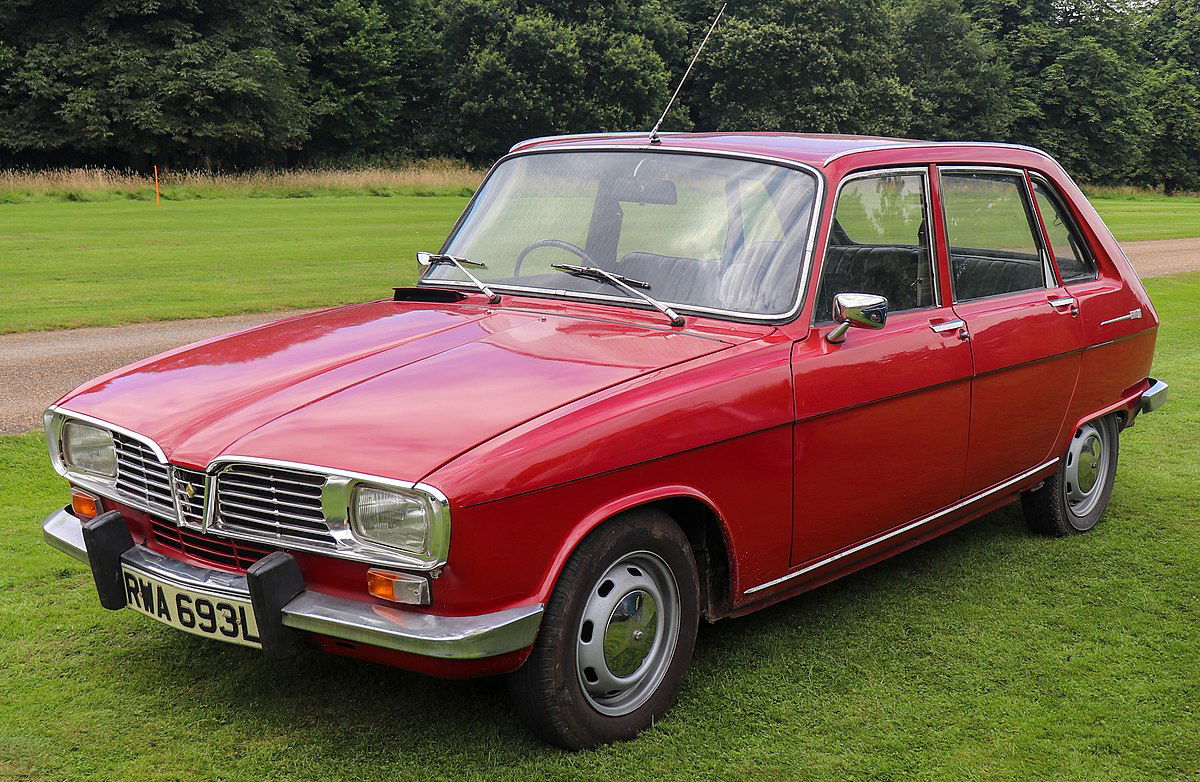Appreciating The Innovative Design Of The Renault 16

Since their introduction, hatchbacks have proven to be a popular family car. The layout provides more interior space, granting access to a greater number of people. The first mass produced hatchback car in the world was the Renault 4, yet the Renault 16 helped push the concept further. Its large size and shape helped to make it extremely popular in Europe. We’re looking into the history of the Renault 16 to see how it revolutionised the car industry.
Changing the game
In the 1960s, Renault had developed a series of small, hatchback cars like the Renault 4 and Renault Fregate. The company wished to create a larger model that could help to push the envelope. This resulted in a car with a practical body style that allowed for a flexible interior. The R16 came with a front-wheel drive, aluminium engine, electric cooling fan and torsion bar suspension.Several months before the R16 was released, a journalist from Motoring Illustrated described it as “a large family car, but one that is neither a four door saloon and nor is it quite an estate. But, importantly it is a little different.”Production took place at the Sandouville plant in 1965 and the Renault 16 came out in March of that year. It debuted at the Geneva Motor Show and sold in the left-hand drive markets. A right-hand drive version was also imported to the UK and it became one of Britain’s most popular imported cars. In 1966, the Renault 16 was crowned Car of the Year.
A victim of its own success
Eager to build on the R16’s success, Renault introduced an updated version called the TA in 1969. The TA became the first French car to feature a French-built automatic gearbox. In 1973, an upmarket model called the TX was introduced and it featured five-speed manual transmission, a 1647 cc engine, power windows and central door locking. Due to the effects of the 1973 oil crisis, the TX didn’t sell well.The R16 continued to be produced until 1980, eventually becoming a victim of its own success. Car buyers moved on to updated versions of the hatchback formula. It’s interesting to note that the R16 had no major competitors until the arrival of Alec Issigonis’ Austin Maxi, though the Maxi wasn’t popular outside of the UK.Throughout its production life and beyond, the R16 was continually praised. Racer Stirling Moss has said “there is no doubt that the Renault 16 is the most intelligently engineered automobile I have ever encountered and I think that each British motorcar manufacturer would do well to purchase one just to see how it is put together.”Car designer Patrick le Quement has also shown his admiration for the R16 by incorporating its ‘bird-beak’ grille into his own creations like the Megane and Laguna.


